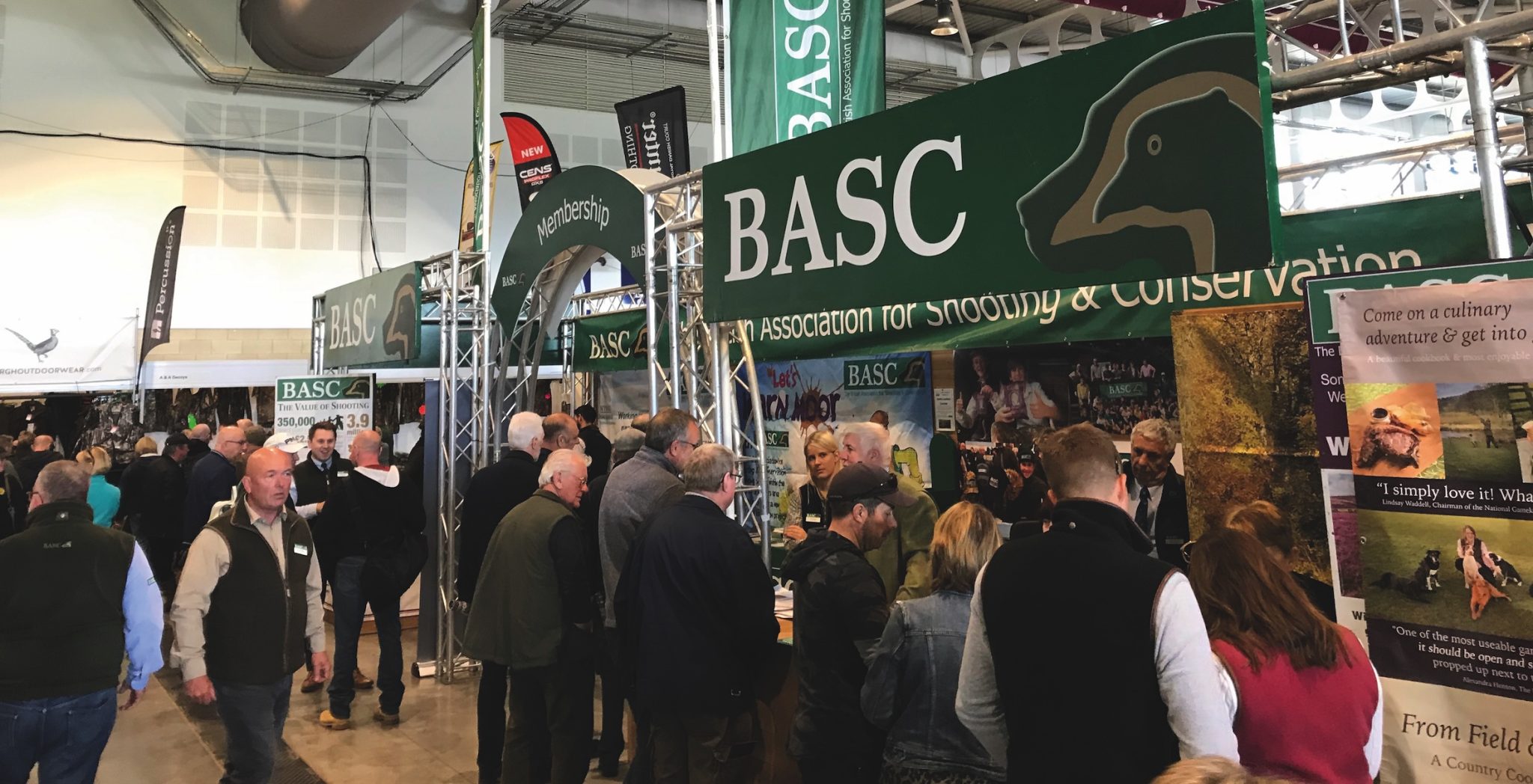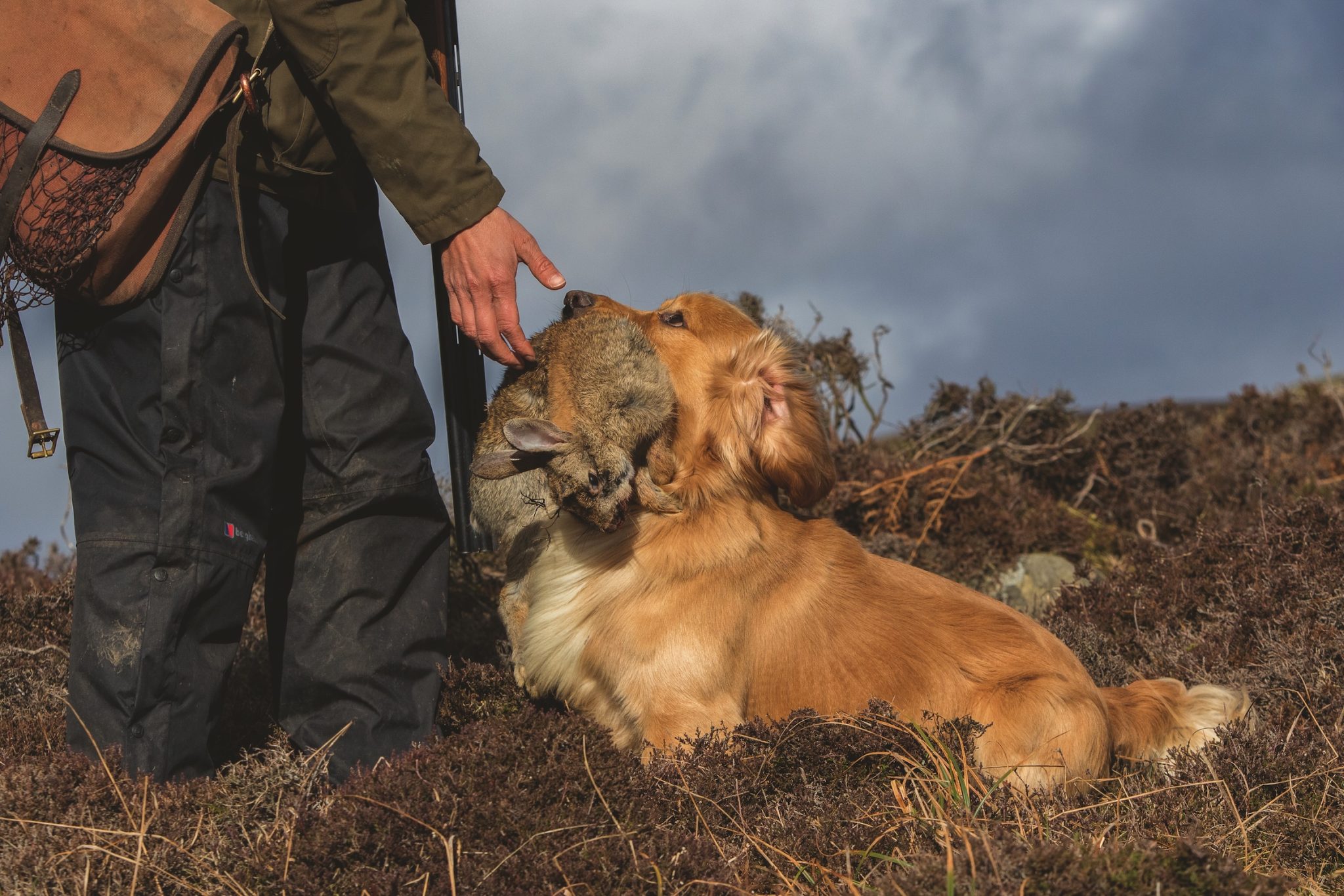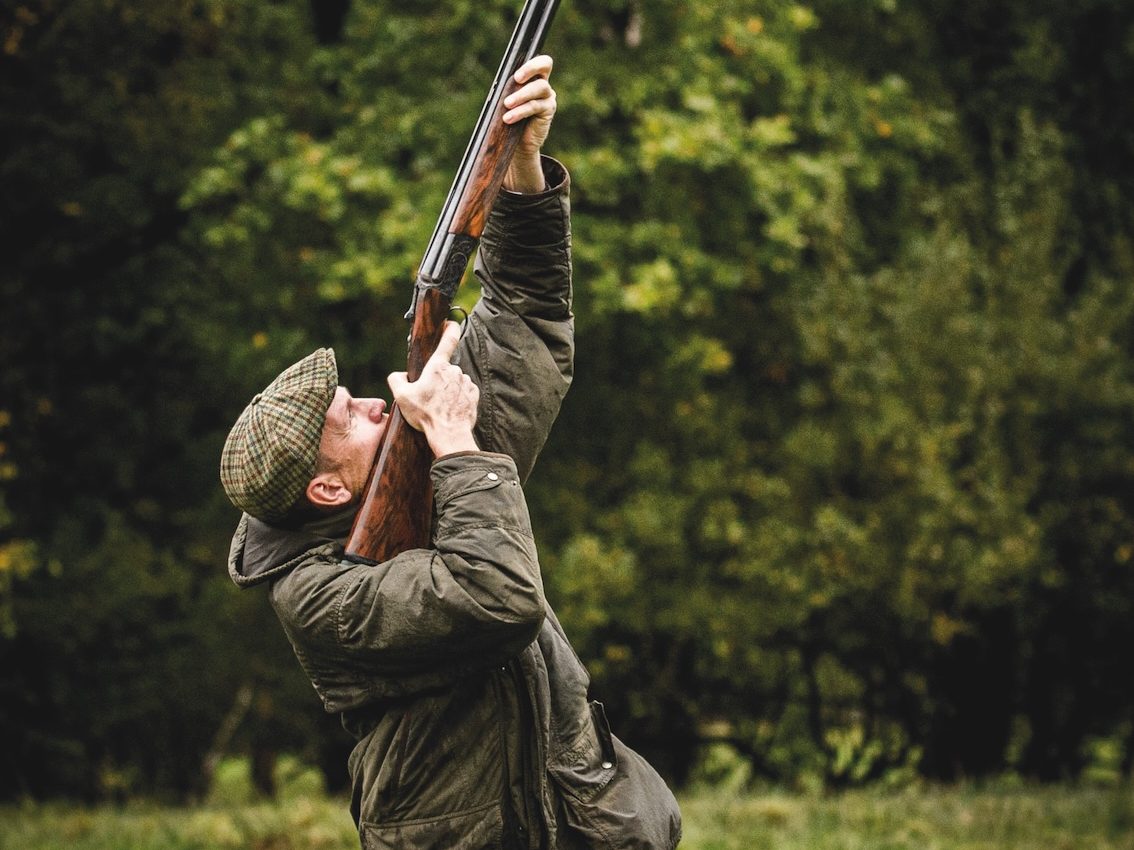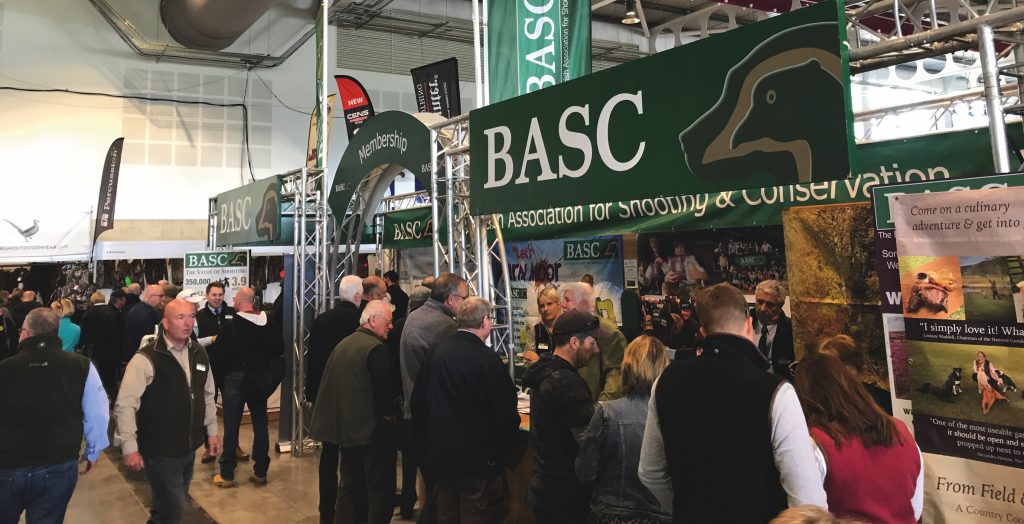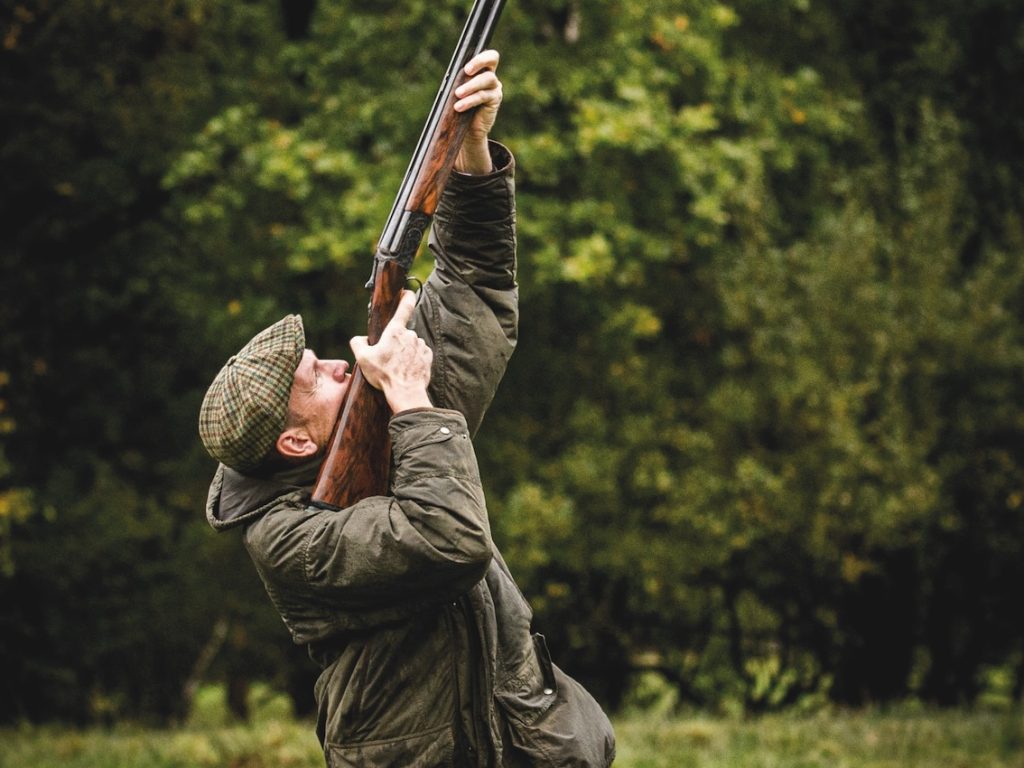Win CENS ProFlex DX5 earplugs worth £1,149 – enter here
Nature ‘in crisis’ clear on Welsh moorlands
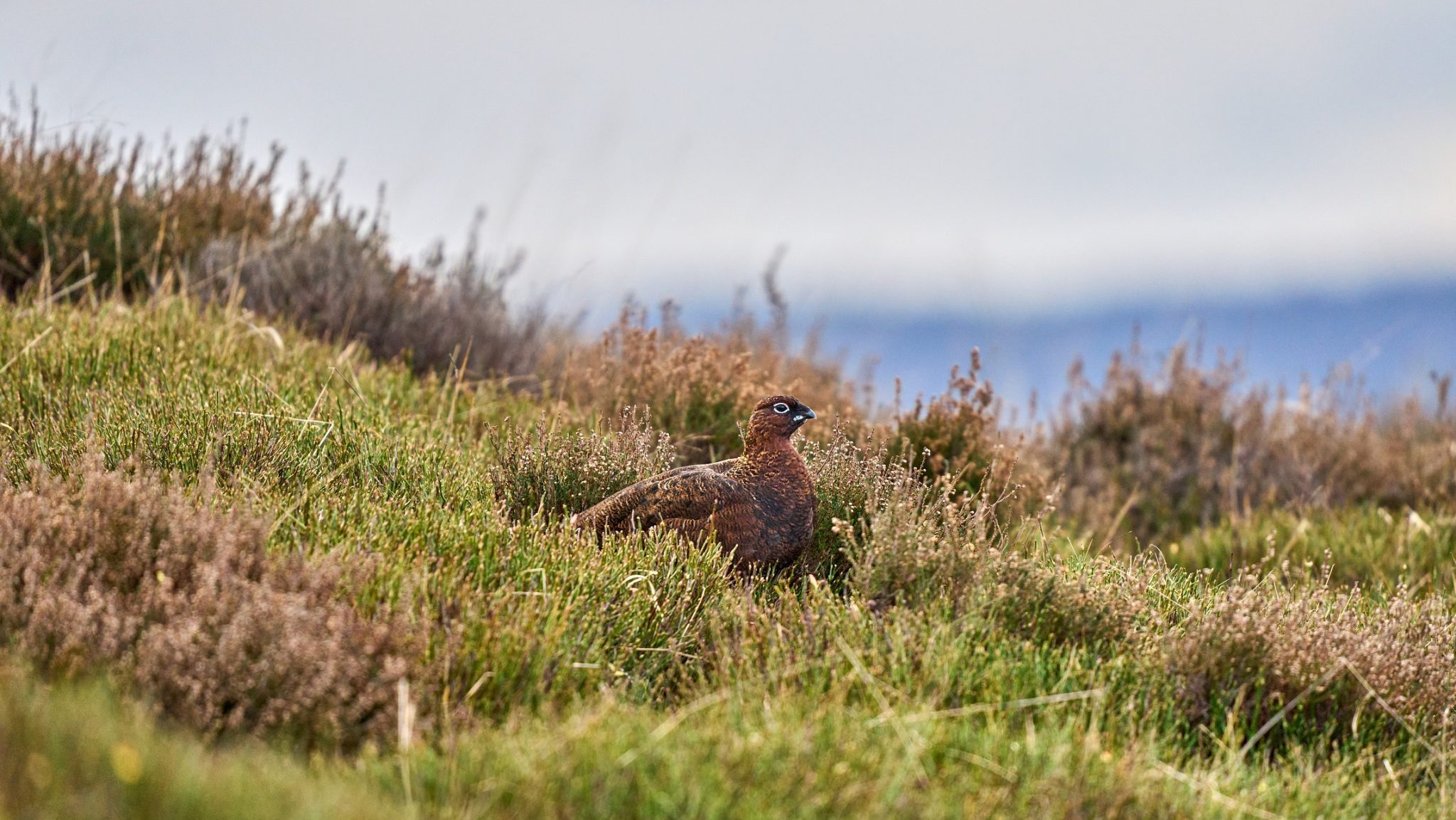
The Moorland Association (MA) have once again highlighted the damage to biodiversity visited upon Welsh moors following the cessation of their management for grouse shooting.
The Berwyn Specially Protected Area (SPA) covers 241.8km2 in Denbigshire, North Wales and encompasses an area of blanket bog vital to conservation in Wales.
The area was the subject of a decades long wildlife study and the report that followed in 2014 detailed the dramatic changes that wildlife in the area faced when the area ceased to be managed for grouse shooting.
Driven grouse shooting ceased on the Berwyn SPA in the late 1990s along with associated moorland management techniques such as predator control, and heather burning.
The results of the study showed that between surveys in the 1980’s and 2002, Lapwing which had once been present in low numbers had entirely disappeared, golden plover numbers had reduced by 90% and curlew numbers had plummeted by 79%. While passerine and corvid rose, red grouse have also declined.
Chief Executive of the Moorland Association, Andrew Gilruth, told ST: “A decade ago, this report warned what happens when active moorland management stops – and it’s come true time and again.
“Despite Berwyn’s protected status, key bird species crashed. With nature now in crisis, it’s time people woke up: designations mean nothing without gamekeepers on the ground doing the work to keep these landscapes alive.”
Lindsay Waddell, former Chairman of the National Gamekeepers Organisation, told ST: “It should come as no surprise to anyone with a vestige of knowledge that the whole bird assemblage has responded as it has. There is, and will be an increasing list of places which suffer the same fate for the very simple reason that the management which sustained so much has ceased.
“What does surprise me is that those who have the power to rectify matters simply will not act as it is increasingly seen as “not the thing to do. The statutory bodies which might help, seem to be staffed by those who think inactivity is the way forward, and active management is old hat.
“Old hat did the job for well over a hundred years. For the birds, the new hat is simply not fit for purpose and they are paying the price. The environment in which any bird lives is all encompassing, it is not just the vegetation, it is whether it can go to sleep, or nest and breed and still thrive.”
Related Articles
Get the latest news delivered direct to your door
Subscribe to Shooting Times & Country
Discover the ultimate companion for field sports enthusiasts with Shooting Times & Country Magazine, the UK’s leading weekly publication that has been at the forefront of shooting culture since 1882. Subscribers gain access to expert tips, comprehensive gear reviews, seasonal advice and a vibrant community of like-minded shooters.
Save on shop price when you subscribe with weekly issues featuring in-depth articles on gundog training, exclusive member offers and access to the digital back issue library. A Shooting Times & Country subscription is more than a magazine, don’t just read about the countryside; immerse yourself in its most authoritative and engaging publication.



